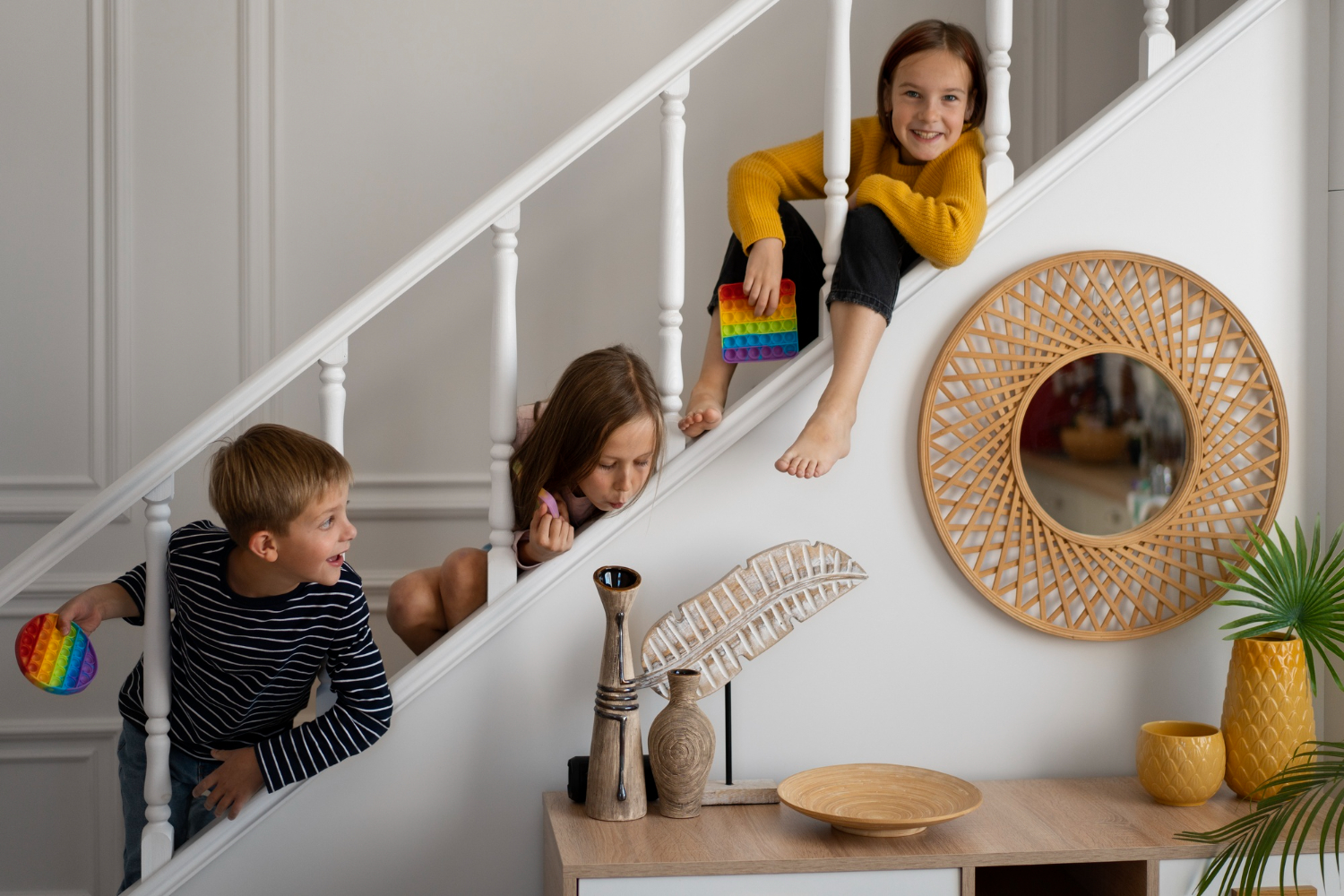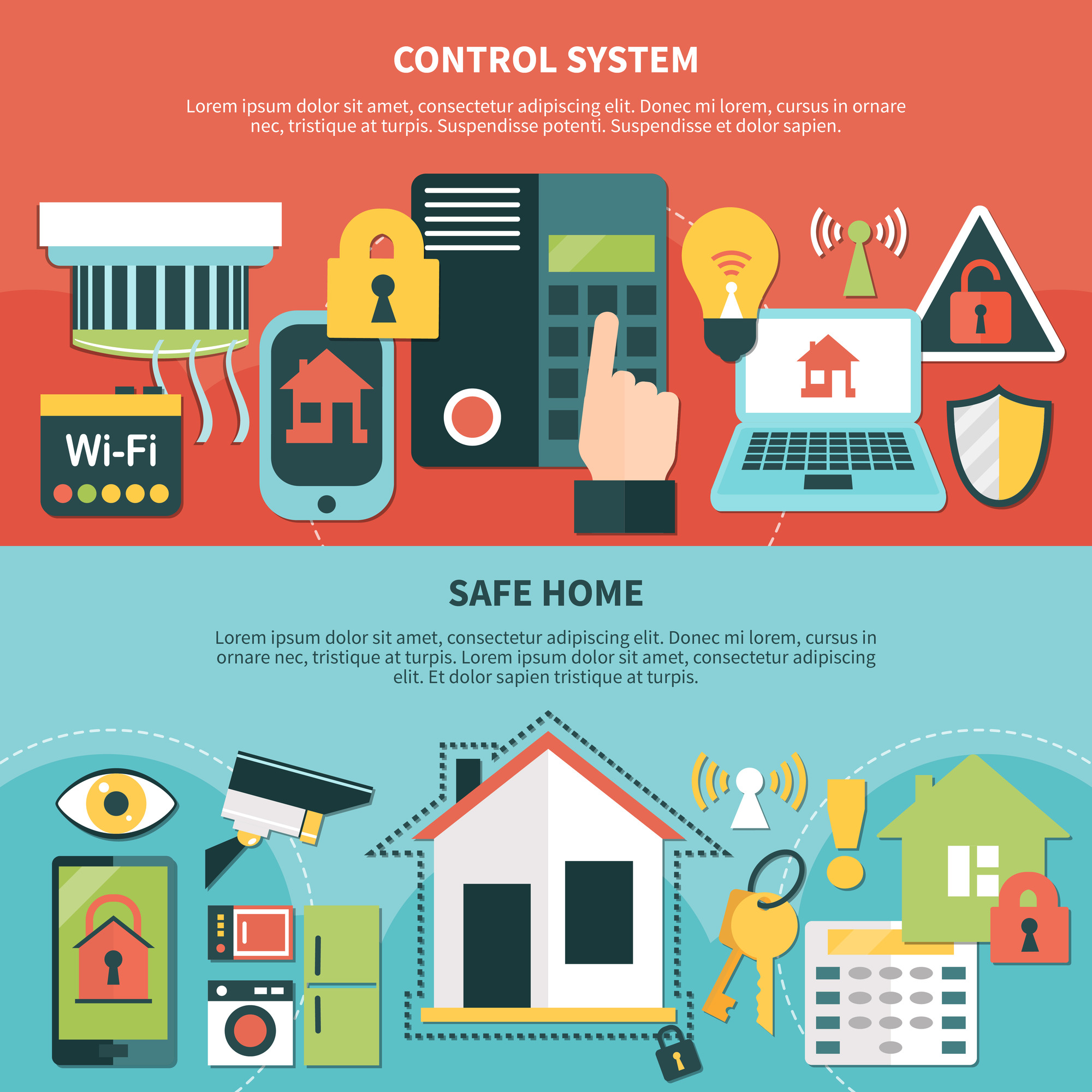Introduction
Raising a child with autism is both a challenging and fulfilling journey, demanding careful attention to the safety and security of your home environment. Due to unique sensory needs and potential risk-inducing behaviors, children with autism require extra precautions to create a comfortable and secure living space. In this piece, we explore the importance of childproofing your home for autism, providing a range of protective measures, home safety tactics, and hands-on advice for making your home autism-friendly.
Why Home Safety Is Vital for autistic children?
Children with autism often perceive the world differently and may struggle to comprehend potential dangers. Prone to impulsivity, wandering, and self-injurious behaviors, they face an increased risk of accidents. Additionally, challenges in communication make it crucial for parents to establish a safe space that addresses their unique needs. Securing your home not only minimizes potential hazards but also cultivates a nurturing space where your child can flourish and grow.

Creating a haven of safety and security for children with autism is like weaving a tapestry of understanding and precaution. Childproofing your home for autism is not just about locks and gates; it’s about crafting an environment that embraces every unique thread of their needs, ensuring a sanctuary where safety and exploration harmonize with compassion and understanding.
Ellen Notbohm
Identifying Dangers In A Home With A Child With Autism
To establish a safe environment, it’s crucial to identify potential hazards in your home. Look out for items such as medications, cleaning supplies, sharp objects, ovens, stoves, barbecue grills, lighters, matches, and furniture that can be climbed on. Recognizing escape routes is also important, as some children may try to leave the house or access other areas within it.
Examples Of Effective Home Security Measures
- Fencing and Gates:
Setting up secure fencing and gates around the property and sleeping areas is crucial to prevent wandering. Utilize locked gates and contemplate incorporating alarms to notify you if your child tries to leave. - Window and Door Alarms:
Install alarms on windows, window blinds, and doors to thwart wandering. These alarms notify you when your child tries to open a window or door. - Security Cameras:
Strategically place security cameras for continuous monitoring, helping you ensure your child’s safety and review any incidents that may occur. - Childproof Locks:
To prevent access to hazardous items such as cleaning supplies and medications, it’s important to secure cabinets, drawers, and closets. - Identification Bracelets:
Outfit your child with identification bracelets that include their name, your contact details, and pertinent medical information, facilitating identification in case of wandering.

Home Safety Strategies For Children With Autism
- Electrical Safety:
Shield electrical outlets with safety covers, employ cord management systems, and fasten appliances to avoid mishaps. - Furniture Safety:
Secure heavy furniture, eliminate sharp edges, and apply corner guards to safeguard against injuries. - Stair Safety:
Set up child safety gates, ensure robust handrails, and employ secure bathroom door locks to minimize the risk of falls. - Water Safety:
If you have a pool, install a fence and supervise your child around water. Think about enrolling your child in swimming classes to improve their water safety abilities. - Fire Safety:
Set up smoke detectors, devise an emergency escape strategy, and keep fire extinguishers within reach for added safety.

Parental Tips For Creating A Safe Home
- Sensory-Friendly Environment:
Incorporate sensory-friendly elements like soft lighting and calming colors. - Establish Clear Boundaries:
Use visual cues to set boundaries, aiding your child in understanding restricted areas. - Maintain a Routine:
Consistency in routine reduces anxiety; establish and adhere to a daily schedule. - Communication:
Consistently communicate safety guidelines with your loved ones, employing straightforward language and visual tools. - Involve Professionals:
Consult with therapists and educators for additional support in creating a safe home environment.
Using Social Stories For Home Safety
Social stories, simple narratives explaining expected behaviors and safety rules, can be effective tools. Use positive reinforcement, engage your child regularly, and encourage practice to reinforce safety messages.
Conclusion
Childproofing your home for autism requires diligence and consideration, but the benefits are invaluable. By implementing security measures, addressing potential hazards, and adapting your home to your child’s unique needs, you create a space where they can flourish. Engage your child, foster open communication, and seek expert guidance to construct a home that is not only safe but also welcoming for your entire family.
Source
- Centers for Disease Control and Prevention. (2021). Data & Statistics on Autism Spectrum Disorder. Retrieved from https://www.cdc.gov/ncbddd/autism/data.html
- National Institute of Mental Health. (2021). Autism Spectrum Disorder. Retrieved from https://www.nimh.nih.gov/health/topics/autism-spectrum-disorders-asd/index.shtml
- National Institute of Neurological Disorders and Stroke. (2021). Autism Spectrum Disorder Fact Sheet. Retrieved from https://www.ninds.nih.gov/Disorders/Patient-Caregiver-Education/Fact-Sheets/Autism-Spectrum-Disorder-Fact-Sheet
- World Health Organization. (2021). Autism Spectrum Disorders. Retrieved from https://www.who.int/news-room/fact-sheets/detail/autism-spectrum-disorders







